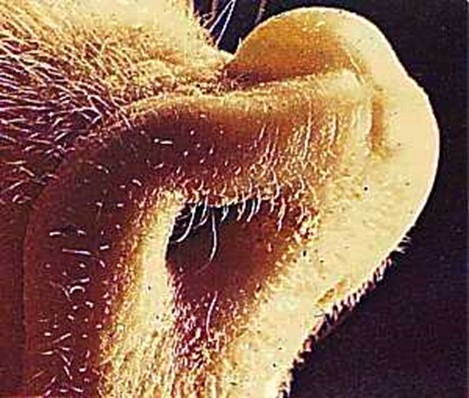



Detect foot-and-mouth before it even hits your herd
New simple techniques created by scientists at The Pirbright Institute are able to detect the presence of foot-and-mouth disease virus from samples in the farm environment, even when susceptible animals are not showing clinical signsThe new methods, published in Applied and Environmental Microbiology, use a simple swabbing technique to gather samples from the environment where foot-and-mouth disease (FMD) susceptible animals such as cattle, sheep and pigs commonly make contact with, such as water troughs. The technique requires very little expertise, which makes the sampling method far more accessible, allowing a higher frequency of samples to be collected and processed during an outbreak.
FMD virus is able to survive long periods of time in the environment in the right conditions (up to three months depending on environmental factors such as pH, temperature and relative humidity), and so sampling areas where infected animals may have shed virus RNA allows scientists to detect the presence of FMD even if the animals on the farm are no longer showing clinical signs.
The samples in this study were taken from Kathmandu Valley, Nepal, and shipped back to Pirbright for testing, where scientists were able to detect viral genetic material in positive samples. This method will allow FMD surveillance to go beyond the investigation of clinical signs, meaning that cases which may have been missed can be detected using environmental sampling methods.
This is equally important in areas that have FMD free status as well as those where FMD is endemic such as parts of Asia, Africa and the Middle East. Novel surveillance techniques can help support a robust response to outbreaks in FMD free countries, but can also be implemented in endemic countries as part of surveillance programs to supplement current information about the spread of FMD.
Dr Claire Colenutt, who led the research at Pirbright said: “Current surveillance methods rely on the recognition of FMD infection in susceptible animals in addition to the collection of samples from the animals which requires veterinary expertise. In keeping the approach simple, samples can be taken by individuals without prior expertise, increasing the number of potential samples, and relieving pressure on veterinary services.”
Clinical signs of FMD
In pigs, early signs are lameness, a drop in food consumption and, in some cases, pigs appear depressed. Fevers of around 40.5ºC,(105ºF) are common.
In piglets, sudden death due to cardiac failure is common.
A strong indicator of infection is the appearance of vesicles that can grow up to 30mm in diameter. Vesicles are most plentiful around the coronets but are also seen on the nose and lips - the location where you are most likely to see them first. Vesicles often appear on the teats of recently farrowed sows.
By the time the vesicles are observed, sows and other pigs may be dribbling saliva and chomping their jaws. If pigs are on bedding, they may not appear lame but if they are on concrete they probably will be.

A large, unruptured vesicle on the snout of an affected pig is indicative of foot-and-mouth disease
Click here to learn more about the work that The Pirbright Institute are doing for swine health









